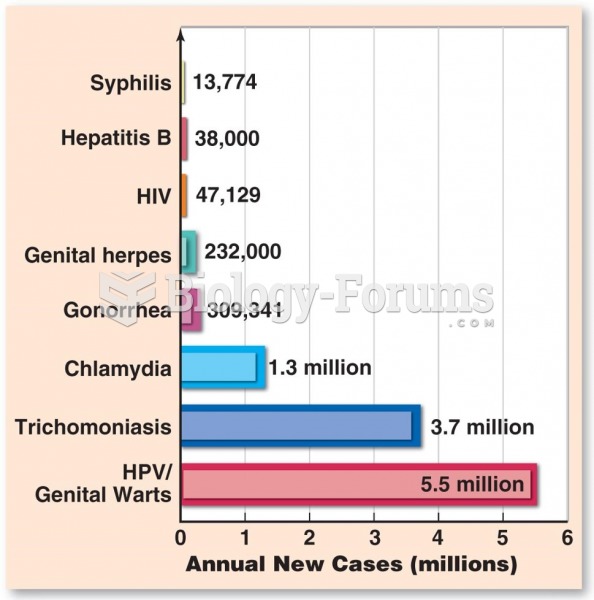Answer to Question 1
Feedback: Signed by President Bush in 2002, the No Child Left Behind Act is a federal law that requires states to develop academic standards in reading, math, and science. The goal of this legislation was to close the gaps that plague education in the United States and making schools accountable for success or failure. On the basis of standardized tests, schools are given a grade of passing or failing. States develop academic standards in reading, math, and science. States, districts, and schools were responsible for ensuring that all children achieve these state standards. Adequate yearly progress is measured by a single statewide assessment given annually to all students from third to eighth grade. A major problem with NCLB is that some states set benchmarks high and others low. Since the government rewards schools that meet state standards, states with low standards are unfairly rewarded. There is also no attempt to address funding discrepencies between rich and poor districts, or child poverty. The Common Core State Standards Initiative is a voluntary program adopted on a state-by-state basis. The National Governors Association Center for Best Practices and other interested parties came together to develop international benchmarks for all states so that all students are prepared to be competitive in a globalized market. Parents, teachers, school administrators, and experts across the country developed the set of common standards, and as of February 2015, 43 states and the District of Columbia have voluntarily adopted them. Organizations opposed to the Common Core (like the right-wing group FreedomWorks) argue that the Common Core takes control away from parents who will no longer have a say in their child's education. Supporters argue that states have dummied down standards and that Common Core will hold all students to a higher expectation. The ultimate goal is to create more effective teachers and to improve how U.S. students compare internationally.
Answer to Question 2
Answer: c. local







